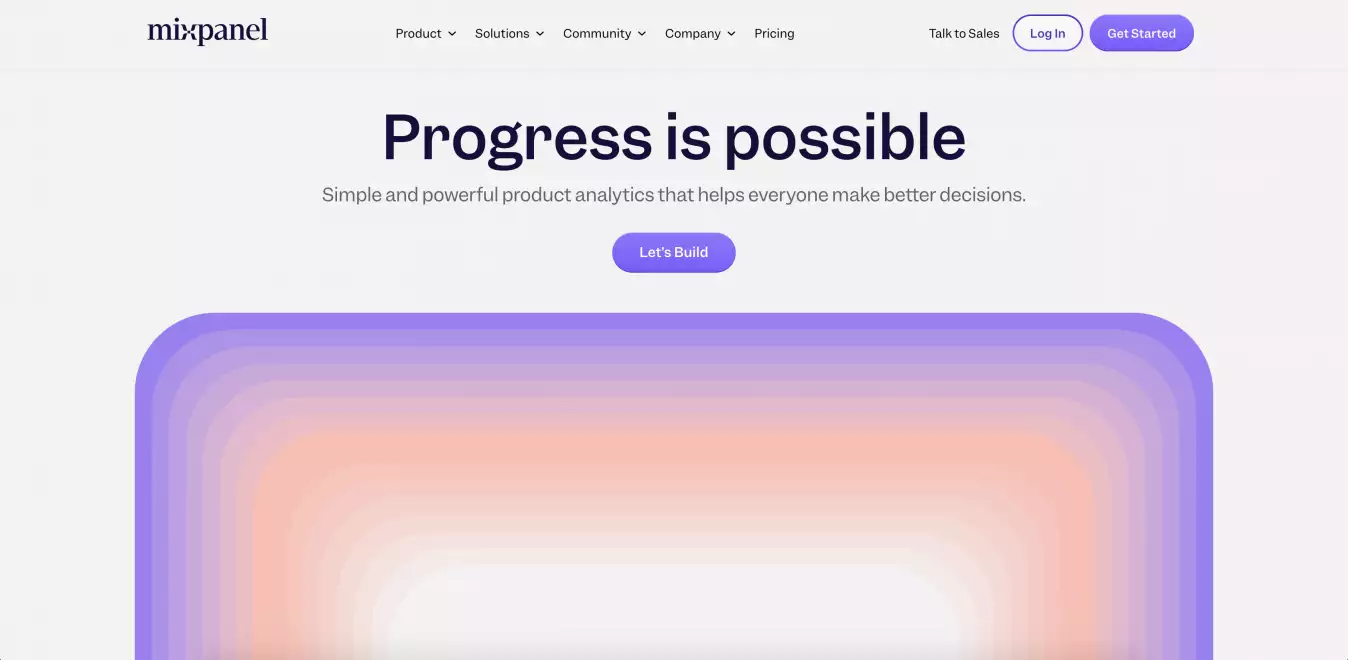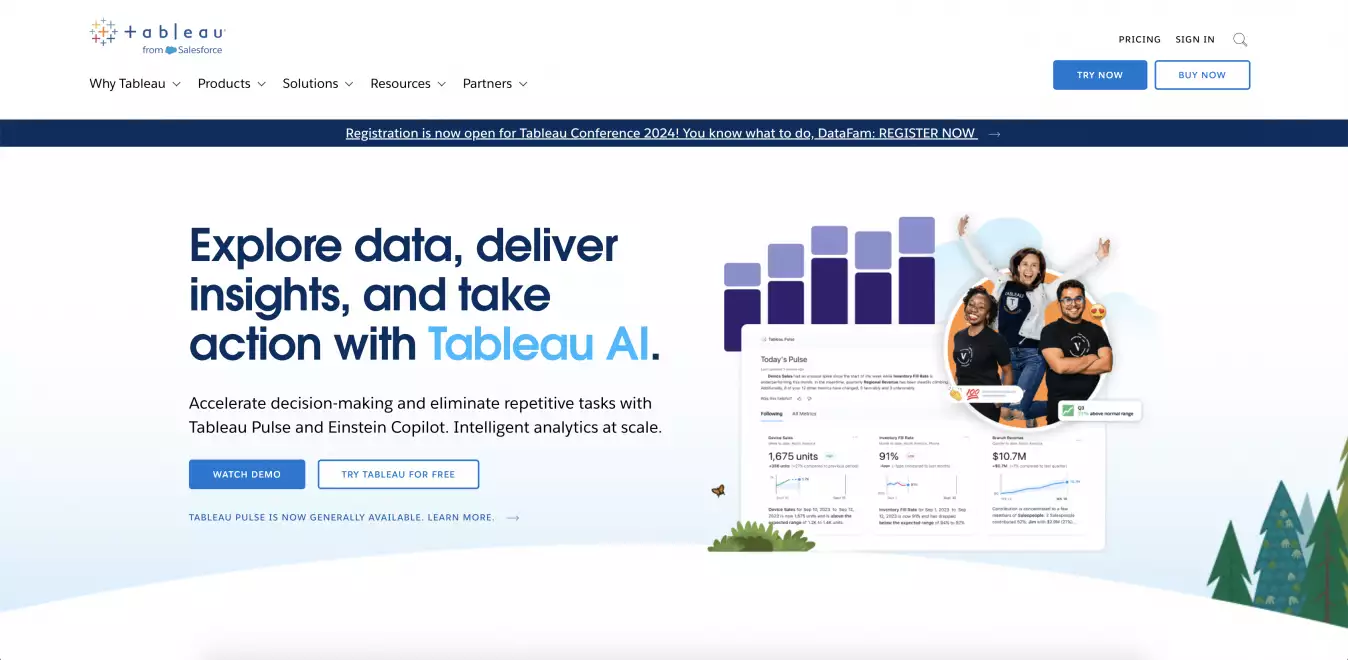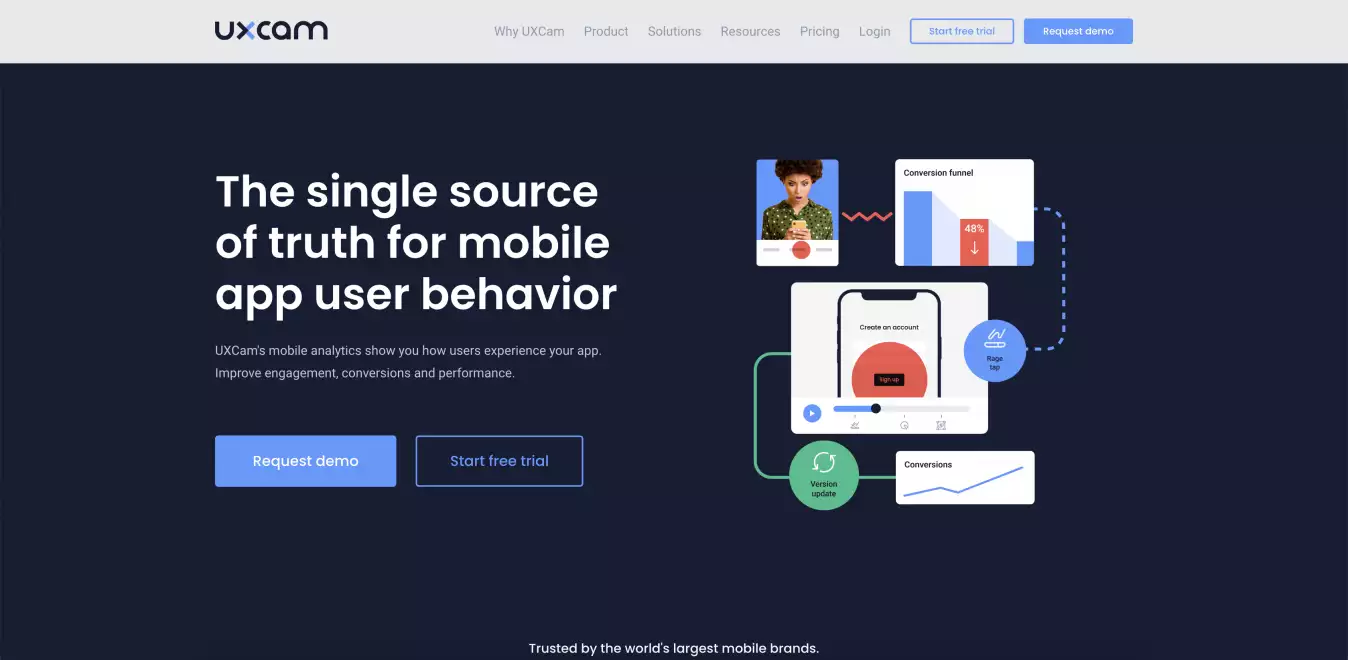The year 2024 is all about the importance of data and data analytics. We have to realize that the data that we collect from customers as businesses is the most valuable asset we have. We must take advantage of this accumulated data to improve our services in every way we can.
If you have good software that you can collect your data in, and analyze it for your given purposes, there are many areas that you can use the analysis results. You can improve your marketing strategies, you can enhance your product development, provide much better customer support, and prevent fraudulent activities in your business.
But how do you know what platform you should choose for your data analysis? In this article, we’ll help you decide on the software that will change the analytics process for the better. We’ve collected the best online data analysis software out there and explained their advantages for easier decision-making.

SAAS First is an outstanding data analysis tool in many aspects. First of all, with SAAS First, you can collect information separately, but not quite distinctly from your individual customers, their businesses, and the events happening in your business carried out by the users.
We can collect information about any person who visits your website or takes any action in the Contacts section. These are people’s static data that don’t change over time.
We can only collect data about different companies in the Businesses section. This can be, for example, their billing details.
In addition, and that is the most interesting part, we can collect data on events. This is about any action in relation to a contact or business that represents a unique event. Just for reference, this can be, for example, someone creating an account, logging in, making a purchase, or changing their settings.
The best part? You can collect an unlimited number of event types, and you can also collect an unlimited amount of data in these event types as well. Plus, you can have any number of contacts and businesses in your account as well.
But it doesn’t stop there. We are able to analyze data with the help of artificial intelligence. This means that you can ask anything in natural language, and we will give you the reports on the data analysis results in 1 minute. This makes it incredibly easy to find out anything you want about your customers in a matter of minutes just by using your own words. This is something the market has never seen before.
InMoment is also a data analysis tool that specifically helps in getting actionable insights from customer surveys, feedback, comments, and many other data types. They use AI and text analysis to provide reports on the processed data.
InMoment specializes in understanding, listening, and responding to customers based on real-time analytics. They can also analyze conversations between customers and agents, identifying specific conversational complexities to make sure that the customer experience is the best as it can be.
Plus, it has another great feature called AI Smart Summary that uses generative AI technologies for summarizing and making short, structured paragraphs out of hundreds of long, discrete feedback. This ensures that everything is more transparent and decision-making is made easier.
Mixpanel is best for tracking and analyzing customer behavior in online, digital products, such as mobile applications or web apps.
One of the most outstanding features of Mixpanel is that it is able to recognize the root of some user fractions based on customer behavioral analysis. It can understand hidden patterns in trends and can then identify any animosity in the products.
In addition, you can also test different variants with Mixpanel, which can then provide some validation for any future ideas that you may want to introduce.
You can also look into why different metrics change. You can also filter out the different data based on demographic and behavioral information.

Tableau is a great tool for saving time for data analysts, allowing you to automate repetitive tasks and use smart suggestions with in-product guidance. With Tableau, you can analyze customer behavior easily and create interactive dashboards, charts, reports, maps, and graphs for a better understanding of your customers’ spending habits.
You can also segment your customers based on various data types, such as demographics, behavior, purchase history, etc. In addition, Tableau can also group your customers based on some shared characteristics, which makes your job even easier.
You can estimate customer lifetime value, and retention rates, identify cross-selling and upselling opportunities, and increase conversion rates.
In addition, Tableau AI is built on the Einstein Trust Layer, which ensures data security in connection with using generative AI on the enterprise level.

Hotjar is famous for its generation of heatmaps, collecting website feedback, and surveys through customer behavior.
You can learn a lot with Hotjar’s reports and heatmaps on how your customer interacts with your website, where they click, scroll, or move. With this, you can easily tell what sticks with the customers, what they pay attention to the most, or what they miss on your website.
Additionally, you can analyze recordings of rage heat maps that tell you more about where your customers get frustrated most of the time.
You can also get real-time feedback from customers with Hotjar, allowing you to collect ideas on what you might need to improve, and what are some things that they love, which you can put more emphasis on.
UXCam is most useful for those businesses that center around mobile-based applications or products.
UXCam’s mobile analytics helps you understand how your users interact with your business. It creates heatmaps on user behaviors that will then facilitate any investigation of where your product might be confusing or lacking efficient UX features.
What is more, with the tagless auto-capture feature, you can gain insights into every user gesture and interaction and collect complete data sets. This allows you to see any friction in your product, the cause of many user frustrations, and quickly act on these to improve the user experience.

Gainsight also works with artificial intelligence and NLP that offer insight into retention and expansion forecasts and an examination of extensive customer health scores.
With the help of NLP, it can analyze the voice of the customer, which can then facilitate sentiment analysis and risk management, if there any any issues in the customer’s experience.
There are also other AI-based features of Gainsight, for example, the Meeting Assist, which can summarize customer calls and identify risks, or Takeaways, which can detect key points based on the negative or positive sentiment of the customers. Additionally, there is also a so-called Customer Cheat Sheet, which helps you look at the customer’s main data points so that you can see strategic priorities and renewal information.
In conclusion, the 7 top data analysis software tools of 2024 provide powerful ways to use customer data to boost your business. Each tool, from SAAS First's AI-driven analysis to Gainsight's retention insights, offers unique features to enhance marketing, customer support, and customer experiences. Choose the right software that can help your businesses grow and make the most of your customer data. Which one would you choose?